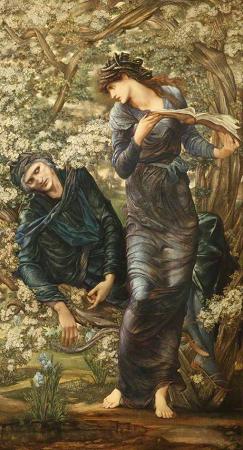King Arthur. King Arthur, also called Arthur Pendragon, was a legendary British leader who, according to medieval histories and romances, led the defence of Britain against Saxon invaders in the late 5th and early 6th centuries. The details of Arthur's story are mainly composed of folklore and literary invention, and modern historians generally agree that he is unhistorical. The sparse historical background of Arthur is gleaned from various sources, including the Annales Cambriae, the Historia Brittonum, and the writings of Gildas. Arthur's name also occurs in early poetic sources such as Y Gododdin. Arthur is a central figure in the legends making up the Matter of Britain. The legendary Arthur developed as a figure of international interest largely through the popularity of Geoffrey of Monmouth's fanciful and imaginative 12th-century Historia Regum Britanniae. In some Welsh and Breton tales and poems that date from before this work, Arthur appears either as a great warrior defending Britain from human and supernatural enemies or as a magical figure of folklore, sometimes associated with the Welsh otherworld Annwn. How much of Geoffrey's Historia was adapted from such earlier sources, rather than invented by Geoffrey himself, is unknown. Although the themes, events and characters of the Arthurian legend varied widely from text to text, and there is no one canonical version, Geoffrey's version of events often served as the starting point for later stories. Geoffrey depicted Arthur as a king of Britain who defeated the Saxons and established a vast empire. Many elements and incidents that are now an integral part of the Arthurian story appear in Geoffrey's Historia, including Arthur's father Uther Pendragon, the magician Merlin, Arthur's wife Guinevere, the sword Excalibur, Arthur's conception at Tintagel, his final battle against Mordred at Camlann, and final rest in Avalon. The 12th-century French writer Chretien de Troyes, who added Lancelot and the Holy Grail to the story, began the genre of Arthurian romance that became a significant strand of medieval literature. In these French stories, the narrative focus often shifts from King Arthur himself to other characters, such as various Knights of the Round Table. Arthurian literature thrived during the Middle Ages but waned in the centuries that followed until it experienced a major resurgence in the 19th century. In the 21st century, the legend lives on, not only in literature but also in adaptations for theatre, film, television, comics and other media. Main article: Historicity of King Arthur The historical basis for King Arthur has long been debated by scholars. One school of thought, citing entries in the Historia Brittonum and Annales Cambriae, sees Arthur as a genuine historical figure, a Romano-British leader who fought against the invading Anglo-Saxons some time in the late 5th to early 6th century. The Historia Brittonum, a 9th-century Latin historical compilation attributed in some late manuscripts to a Welsh cleric called Nennius, contains the first datable mention of King Arthur, listing twelve battles that Arthur fought. These culminate in the Battle of Badon, where he is said to have single-handedly killed 960 men. Recent studies, however, question the reliability of the Historia Brittonum. The other text that seems to support the case for Arthur's historical existence is the 10th-century Annales Cambriae, which also link Arthur with the Battle of Badon. The Annales date this battle to 516-518, and also mention the Battle of Camlann, in which Arthur and Medraut were both killed, dated to 537-539. These details have often been used to bolster confidence in the Historia's account and to confirm that Arthur really did fight at Badon. Problems have been identified, however, with using this source to support the Historia Brittonum' s account. The latest research shows that the Annales Cambriae was based on a chronicle begun in the late 8th century in Wales. Additionally, the complex textual history of the Annales Cambriae precludes any certainty that the Arthurian annals were added to it even that early. They were more likely added at some point in the 10th century and may never have existed in any earlier set of annals. The Badon entry probably derived from the Historia Brittonum. This lack of convincing early evidence is the reason many recent historians exclude Arthur from their accounts of sub-Roman Britain. In the view of historian Thomas Charles-Edwards, at this stage of the enquiry, one can only say that there may well have been an historical Arthur the historian can as yet say nothing of value about him.
more...







